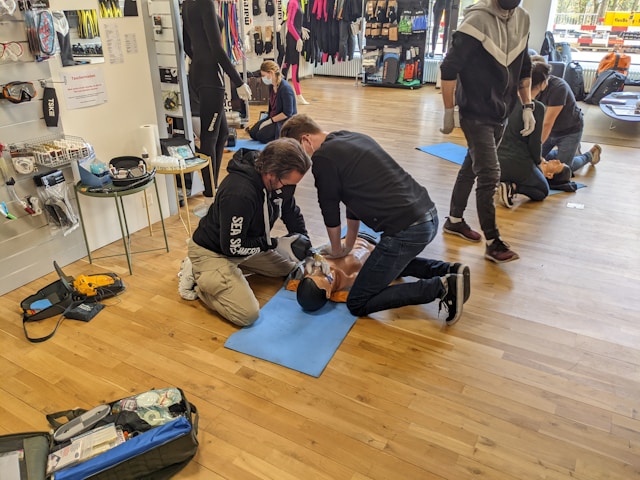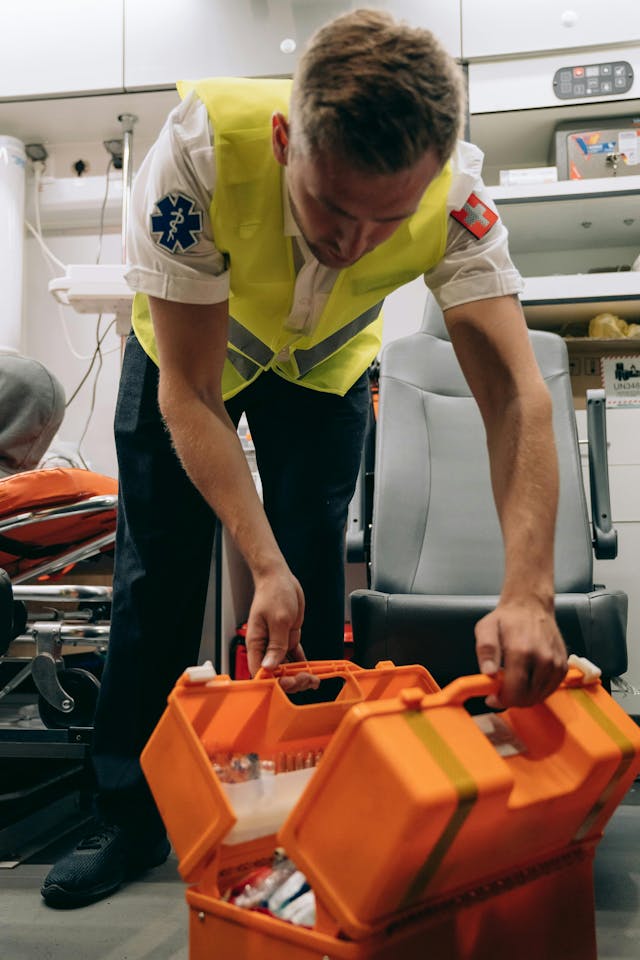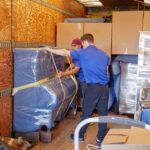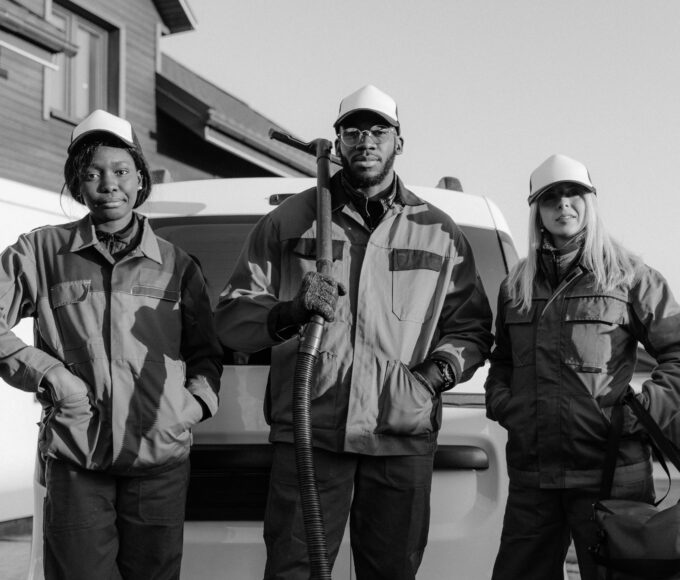Knowing how to give CPR to a child is a key ability that parents, carers or even bystanders may need. When a child is not breathing or their heart stops, starting action fast is critical for survival. The right way to carry out child CPR is different from doing the same on an adult, and people often get this wrong, losing effectiveness. In many areas across Australia, especially where ambulance response is slow, flawless CPR given sooner is essential. The following article lists the most regular problems people face during child CPR and shares ways to fix or prevent each error.
Delaying the Start of CPR
One major error is taking too long before starting CPR when a child is in distress. Carers sometimes wait because they are not sure CPR is required or they do not want to make a mistake. Survival chances drop each minute CPR is delayed. Children can give signals like no response, odd breathing, or total stop in breathing; see these signs, begin right away. Medical help in rural Australia may be slow, making it even more important to begin before help comes. Fast and confident actions are needed when every minute matters. Unresponsive children who show no normal breathing need CPR immediately, while another person calls triple zero (000) at the same time.

Incorrect Technique for Different Age Groups
CPR rules change with the child’s age and body size. Too many adults do adult-style compressions on babies and kids, which is either dangerous or useless. For babies under one year, compress the chest with two fingers just under the nipple line. Older children need one or two hands in use, this depends on their size. Too much force can hurt, and pushing softly does not move blood well enough. Safe technique based on age group only comes from hands-on CPR lesson. It is best for everyone to join specialist infant CPR classes that focus on adapting each move to the right age safely. Across Australia, you find these lessons in health centres, hospitals, St John Ambulance, and Red Cross programs.
Mistakes in Hand Placement and Compression Depth
Making mistakes in where to press or how deep is common, even among those who know to start quickly. Placing hands wrongly makes compressions weaker and can break ribs or harm organs. For best effect, press the lower half of the sternum and avoid putting pressure on ribs. You should aim for one-third the thickness of the chest every time you push. Another frequent error is not letting the chest come back up fully, which blocks blood from entering the heart. Letting go between each press matters for blood to refill the chambers. Practice often on manikins so skills become habit. Many Australian infant CPR course add this sort of practice to help carers gain real skills and confidence.

Skipping or Improper Rescue Breaths
Rescue breaths matter most for child CPR, since child cardiac arrest usually follows breathing troubles, not heart disease. Skipping breaths or doing them badly can harm children. Errors show up as not tilting the head, blowing air too hard, blowing too fast, or not sealing the mouth and nose. Wrong rescue breaths push air into the stomach, cause vomiting, and make the situation harder. In Australia, the advice is to give easy, soft breaths so the chest moves a little upward. When not sure about rescue breathing, compressions alone are better than nothing, but learning full CPR steps, including breaths, increases the child’s odds for survival.
Failing to Call Emergency Services or Getting Overwhelmed
Some helpers forget to ask for emergency support or do not get help from others during a crisis. Rule one in Australia is always to call triple zero (000) do this first or make it step two if CPR is started already. Support comes faster when one person calls and another gives CPR. Stopping because of exhaustion is another common problem, since CPR can drain strength quickly. Never stop until the ambulance or paramedics arrive, unless the child wakes up and breathes without help. Rotate roles with other trained people if tired, as this keeps compressions working well. By attending CPR classes, your mind is readied for these stresses, so you keep focus when you need it most.
















